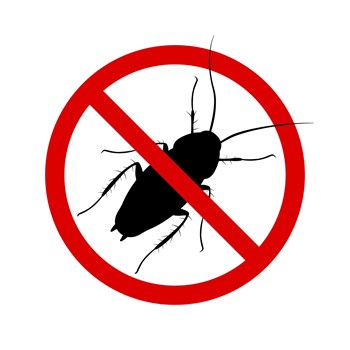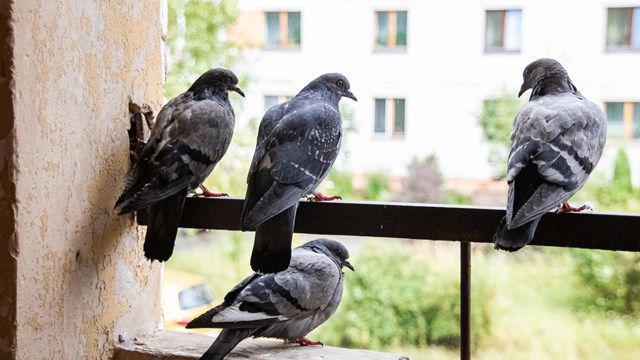
The U.S. has long suffered from an inadequate supply of housing. From a slow recovery in new construction after the Great Recession, to onerous zoning regulations and building codes, to the recent impacts of inflation on building materials, new supply has failed to keep up with the nation’s needs. As a result, the U.S. is facing a deficit of 3.8 million units of housing stock.
This lack of new supply in turn means that more Americans are living in aging homes. According to data from the National Association of Home Builders (NAHB), just one in 10 U.S. homes was completed after 2010, and more than one-third of owner-occupied homes today are over 50 years old. In 2010, the median age of a home in the U.S. was 36 years. A decade later, that figure had grown to 43 years.
Pros & Cons
While older homes do have some advantages for buyers, including a lower price point, and unique aesthetic and architectural charms, the fact that their condition deteriorates over time, requiring repairs to keep them in good living shape is a significant downside. With the U.S. economy still gripped by inflation and increasing costs for labor and building materials squeezing household budgets for home repairs, this has been a challenge for homeowners.
Data from the U.S. Census Bureau reveals that around 6.7 million homes, or 5.2% of all housing units, are classified as ‘moderately or severely inadequate.’ A housing unit is deemed inadequate if it does not meet basic requirements for plumbing, heating, electricity, wiring, or upkeep - and the percentage of homes classified as inadequate increases significantly with age. While only 1.3% of homes built between 2020 and 2021 are deemed inadequate, 9% of homes built before 1940 fall into this category.
Beyond Plumbing
Along with structural and system deterioration, pest problems can be a major concern for individuals and families living in older or dilapidated homes. Damaged roofs, walls, windows, or foundations all substantially increase the likelihood that a household will encounter pests. Even just living near other structures in disrepair can make pest encounters more likely. People who live within half a block of an abandoned building are over three times more likely to have a pest problem.
Geography also factors into how likely it is for homeowners to encounter common pests. For example, rat sightings are more frequent in homes in older, denser cities like those in the Northeast, where food and shelter are easy for pests to find. The share of homes with signs of rats or mice in metros like Philadelphia and Boston is nearly twice as high as the national rate. Cities in the South frequently deal with six-legged pests like cockroaches, which thrive in warmer climates. Eight Southern cities have more than 20% of homes reporting issues with cockroaches.
To determine the locations with the biggest household pest problems, researchers at At Home Pros analyzed the latest U.S. Census Bureau, and ranked metros according to the share of homes with signs of mice, rats, or cockroaches in the past 12 months. In the event of a tie, the metro with more total homes with household pest problems was ranked higher.
The analysis found that 20% of homes in the New York metro area showed signs of common household pests, compared to 18.8% of homes nationally. Overall, the NY metro has the 13th largest share of homes with pest problems. Here is a summary of the data for the New York-Newark-Jersey City, NY-NJ-PA metro area:
- Share of homes with household pest problems: 20%
- Total homes with household pest problems: 1,623,003
- Share of homes with signs of mice or rats: 12.3%
- Share of homes with cockroaches: 12.8%
For reference, here are the statistics for the entire United States:
- Share of homes with household pest problems: 18.8%
- Total homes with household pest problems: 26,763,895
- Share of homes with signs of mice or rats: 10.8%
- Share of homes with cockroaches: 10.2%
For more information, a detailed methodology, and complete results, you can find the original report on the At Home Pros website.





Leave a Comment